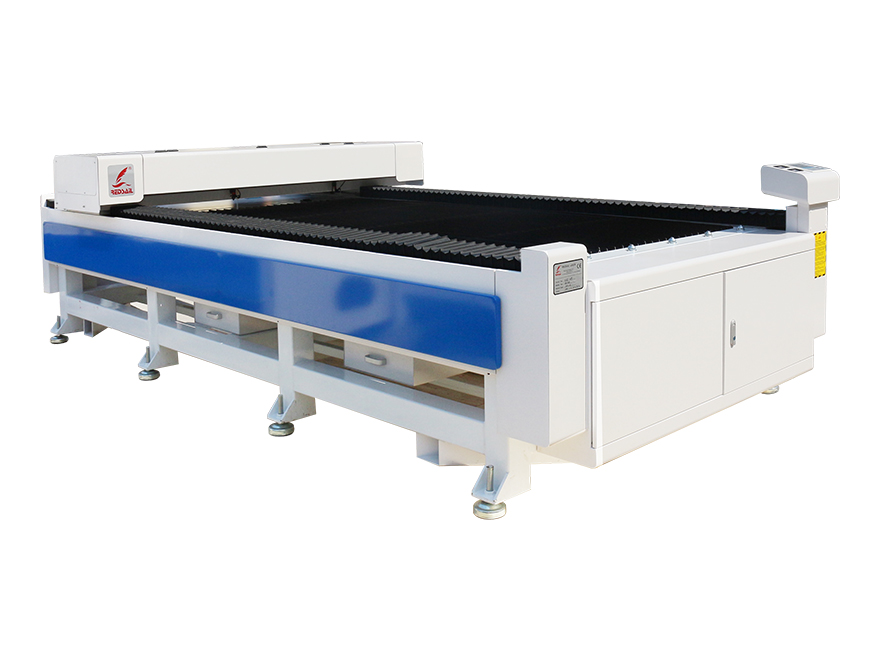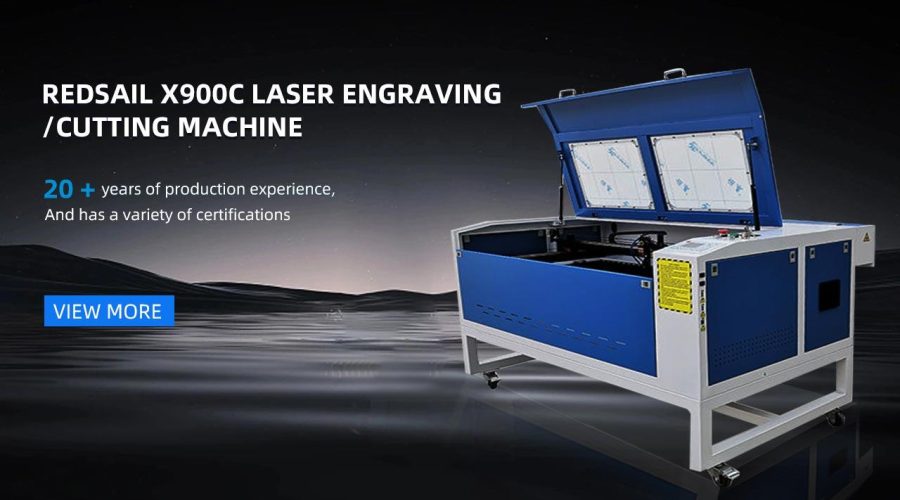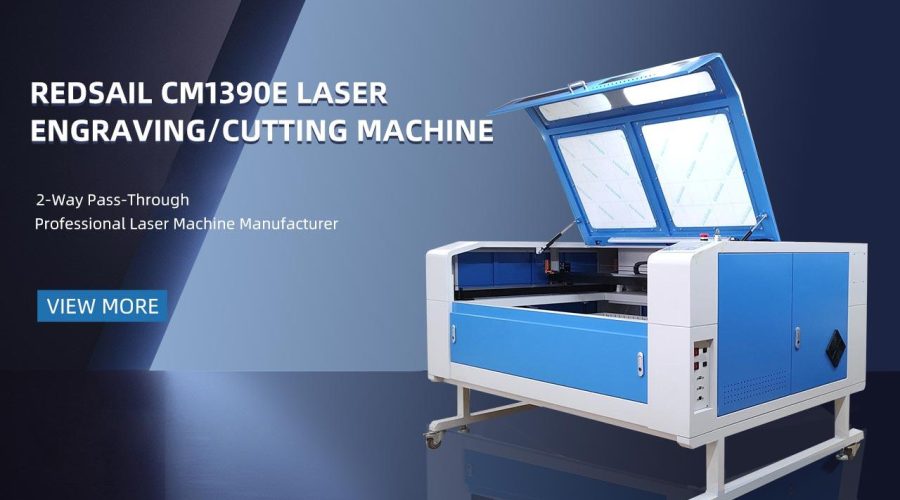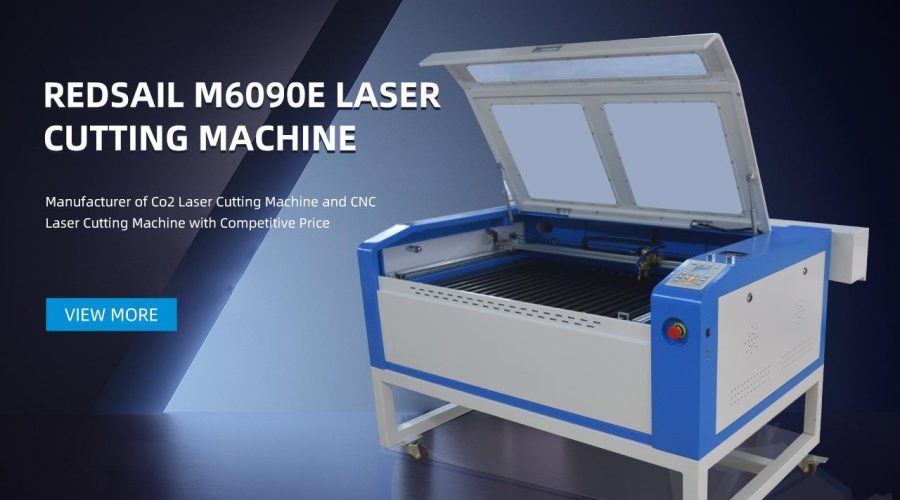Is the 3D Laser Engraver Printer the Ultimate Revolution in Printing Technology?
The Rise of 3D Printing and Engraving
From the Gutenberg press to the digital printer, printing technology has continually evolved to provide faster and more efficient methods of reproducing text and images. However, no recent advance in printing technology has generated as much excitement and potential as the rise of 3D printing and engraving. These cutting-edge machines have the ability to materialize objects layer by layer, revolutionizing industries such as manufacturing, healthcare, and even fashion. Among the diverse array of 3D printing and engraving devices available today, the 3D laser engraver printer stands out as a game-changer in this rapidly advancing field.
Combining the precision of laser engraving with the power of 3D printing, the 3D laser engraver printer is capable of creating intricate and detailed objects with astonishing accuracy. This innovative technology opens up a world of possibilities for designers, engineers, hobbyists, and artists alike. Whether it’s rapid prototyping, creating custom jewelry, or crafting intricate architectural models, the 3D laser engraver printer has the potential to transform the manufacturing landscape as we know it.
How the 3D Laser Engraver Printer Works
The 3D laser engraver printer utilizes cutting-edge laser technology and sophisticated 3D printing techniques to bring ideas to life. Here’s a step-by-step breakdown of how it works:
- Design: First, a digital 3D model is created using computer-aided design (CAD) software. This design serves as the blueprint for the object to be printed.
- Preparation: The CAD design is then converted into a format compatible with the 3D laser engraver printer. This step involves splitting the model into layers and generating the specific instructions for the printer.
- Printing: The 3D laser engraver printer uses a laser beam to solidify a liquid resin, layer by layer, according to the instructions provided. This precise laser technology allows for intricate details and high-resolution finishes.
- Post-Processing: Once the object is printed, post-processing may be required to remove support structures, smooth surfaces, or apply additional finishes.
Compared to traditional subtractive manufacturing methods, such as CNC milling or cutting, the 3D laser engraver printer offers several advantages. For instance, it enables the creation of highly complex geometries that would be difficult or impossible to achieve using conventional techniques. Additionally, the layer-by-layer approach reduces material wastage, making it a more sustainable alternative.
The Potential and Future of 3D Laser Engraver Printers
The 3D laser engraver printer has already made significant contributions in various industries. Let’s explore some of its potential applications:
- Manufacturing: With its ability to produce custom and intricate parts, the 3D laser engraver printer can streamline the manufacturing process, reducing costs and lead times. It also allows for rapid prototyping, empowering designers to iterate quickly and efficiently.
- Medicine and Healthcare: 3D printing is revolutionizing the medical field, enabling the creation of patient-specific implants, prosthetics, and anatomical models for surgical planning. The precise engraving capabilities of the 3D laser engraver printer further enhance its applications in this area.
- Art and Design: Artists and designers are now able to bring their most intricate and ambitious creations to life using the 3D laser engraver printer. From jewelry to sculptures, this technology offers a new level of creativity and possibilities.
As with any emerging technology, there are challenges to overcome in order to fully realize the potential of 3D laser engraver printers. One key aspect is the development of more sustainable materials that are both environmentally friendly and capable of achieving the necessary structural properties. Additionally, the affordability and accessibility of these machines need to improve to reach a broader market.
FAQs
Q: Can the 3D laser engraver printer be used by beginners?
A: While the 3D laser engraver printer may seem complex, many manufacturers provide user-friendly software and resources to help beginners get started. With some practice and patience, beginners can quickly learn to harness the power of this revolutionary technology.
Q: Are there limitations to what can be printed with the 3D laser engraver printer?
A: While the 3D laser engraver printer can create intricate and detailed objects, there are limitations to consider. For instance, the size of the printer’s build volume determines the maximum dimensions of the objects that can be printed. Additionally, objects with certain structural features, such as long, thin protrusions, may be challenging to print successfully.
Q: How does the 3D laser engraver printer compare to traditional printing methods?
A: Traditional printing methods, such as inkjet or laser printers, excel at reproducing text and images on flat surfaces. However, the 3D laser engraver printer goes beyond the 2D realm, enabling the creation of tangible, three-dimensional objects with depth and complexity. This sets it apart as a truly revolutionary printing technology.
In conclusion, the 3D laser engraver printer represents a significant advancement in printing technology, merging the power of 3D printing with the precision of laser engraving. Its potential to streamline manufacturing, revolutionize healthcare, and empower artists and designers make it a game-changer in multiple industries. With ongoing advancements and refinements, the 3D laser engraver printer is poised to become the ultimate revolution in printing technology.





